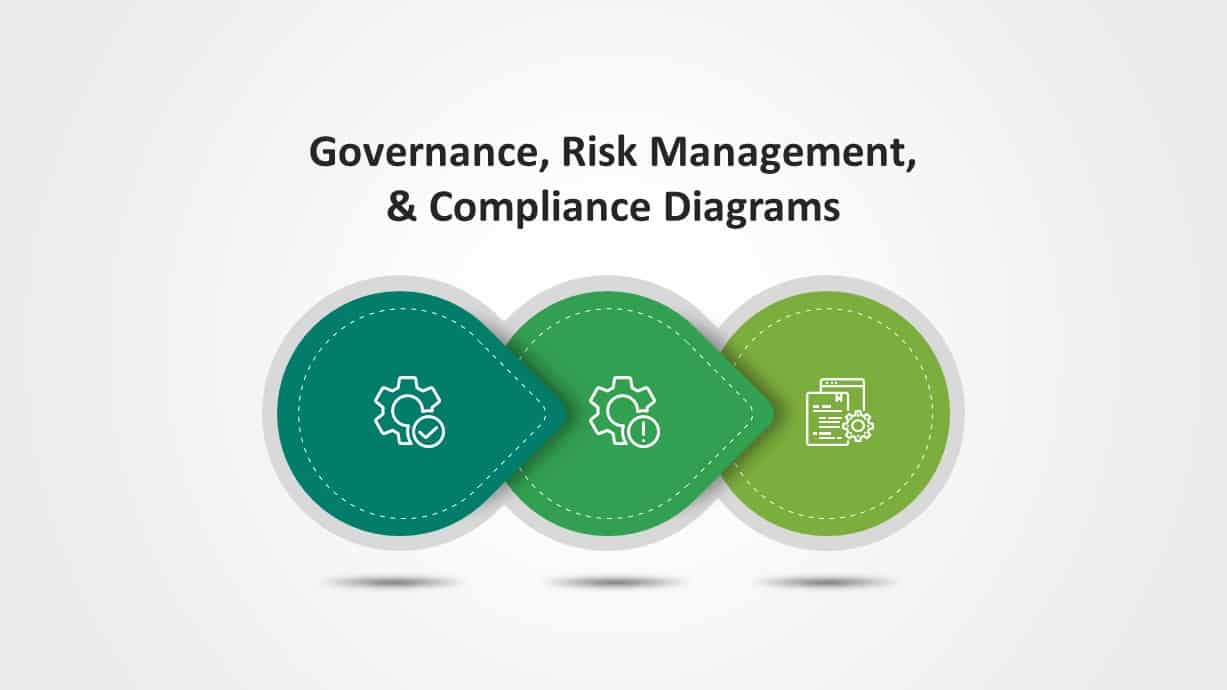Understanding GRC: Governance, Risk, and Compliance Explained Simply

What's it all about, anyway?
“GRC” gets thrown around in every meeting and policy document, but few people actually define it.
At its core, Governance, Risk, and Compliance isn’t a buzzword — it’s a system for making better decisions.
Governance sets direction and accountability.
Risk measures what could go wrong if that direction fails.
Compliance ensures you’re following the rules that matter.
They overlap constantly. Governance defines what’s acceptable, risk management tests the boundaries, and compliance keeps everyone honest. Together, they create the foundation for trustworthy operations.
The problem is that most teams treat GRC as paperwork instead of alignment. True GRC happens when policies, risks, and operations speak the same language — when your engineers, managers, and auditors are all working from the same playbook.
If you want to strengthen governance, start by improving transparency:
Make decisions traceable.
Assign ownership.
Document the “why” behind changes, not just the “what.”
That’s GRC in practice — less about documents, more about discipline.
